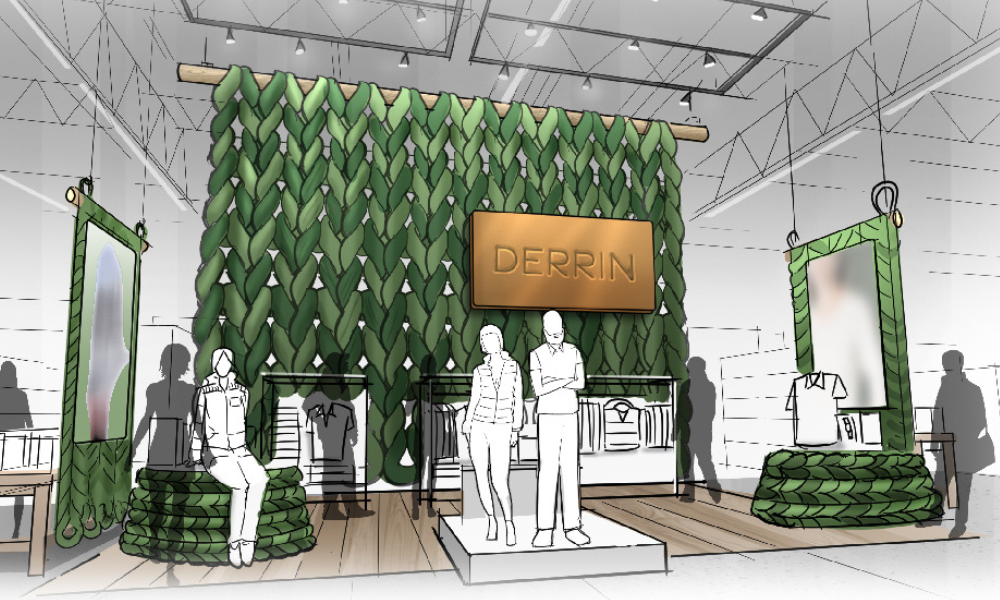On the evening of March 11, a group of workers gathered in a forest clearing outside the city. They had been practicing their maneuvers for some time, carrying out drills in deserted industrial buildings and isolated clearings deep in the woods under the secrecy of shadows well after midnight. Tonight was not a practice session.
Other skirmishes had erupted over the past two years, but this night would mark a turning point in hostilities. Their protracted battle was with authorities whom they saw as being unsympathetic to their plight and unscrupulous business owners who were motivated by greed and their unrelenting exploitation of the workers.
The economic downturn driven by an extended war with a neighboring country, rising taxes and an influx of immigrants fomented anger. The standard of living was abysmal and fears continued to grow that jobs were being taken away by cheap foreign labor. Under increasing economic and social pressure, the general population sympathized with the rebels and joined in recent protests demanding justice for a slain member of the rebel group, and others who had been left with permanent injuries from previous battles.
Government spies were lurking everywhere and rebel meetings were a dangerous place to be, given that armed cavalrymen were roaming the streets in huge numbers, often breaking up crowds and arresting people on suspicion of conspiracy.
The rebels had sent letters to business owners demanding reparations, pay increases and the abolishment of horrendous working conditions where physical punishment was often used to keep workers demoralized, but still on the production line. Unanswered, this group had decided to launch an assault. As darkness enveloped the town, they marched on a textile factory destroying 63 machines before vanishing into the woods from which they emerged.
Over the next few weeks, an additional 200 machines were left in ruins. In the subsequent 12 months the rebels ransacked factories and flatted thousands of machines – destroying, on average, 175 a month.
The government had passed legislation that would sentence workers to a 14-year exile in Australia, and when that didn’t seem to quell the attacks, they passed a bill entitled “The Destruction of Stocking Frames etc.,” making destruction of machinery a capital offense which sent dozens to the gallows.
Huge rewards were put in place for information and apprehension of the rebels. They took front page of the newspapers.
The time was 1811-1812 and the rebels were called the Luddites.
The leader of the rebel group, General Nedd Ludd was, in fact, a fictitious character who nevertheless galvanized thousands of laborers and mobilized them in one of the first recorded insurrections against the growth of technology during the Industrial Revolution in England. The Luddites were the original Rage Against the Machine.
The height of the rebellion reached its climax on April 11, 1812, when at the stroke of midnight, more than 100 men attacked a mill owned by William Cartwright. A few days later they ambushed hated-factory-owner William Horsfall on a forest path, resulting in the deaths of Horsfall and 14 other Luddites who were hung for his murder.
The Luddites have been the poster children for those who want to slow the pace of change, to hold back progress and resist innovations that change the way we do business. Characterized as just “old school” and unwilling to get with the program, they have been memorialized as resistant to progress when, in fact, they were far more concerned with the unscrupulous business practices of the mill owners, the corrupt government that was bent on crushing their protests, as well as the fear of a new technology that threatened their livelihoods.
The pace of change was upon them: The Industrial Revolution brought new technologies to the weaving marketplace, making weaving faster and less labor intensive. New machines had been developed that created textiles at a speed that traditional weavers were unable to match. Machines and cheap labor, that was considered expendable in the minds of profit driven factory owners who put money before morals, were now replacing these highly skilled workers. Weavers were afraid for their livelihood, and they had every right to be. But their fixed mindset and a lack of flexibility left them few options for surviving in a world that had shifted on it axis and was signaling a new era of human productivity.
Now hundreds of years later, we face a technological leap that will catapult us into new jobs that do not yet exist, new work practices, digital engagement modalities that shift our relationships and interactions, augmentation on a biological level that will be necessary for us to have a hope of staying in step with AI, machine learning and algorithm-based experiences. This immersion in a digital world will change the nature of our real world, the physical structure of our brains and what it means to be human. Expectations will change about how engagement should happen between customers and the brands they adopt and “staying ahead” of the guest may well be a mathematical impossibility. Impossible, because the pace of change is nonlinear.
More like an exponential growth curve, the pace of change speeds ahead of incremental change based on a constant improvement paradigm. For every link that companies build to close the gap between themselves and their customers, their customers will have moved three lengths farther away. The next link will see the customer move seven. And so on. “Staying ahead of the customer” will sound right but be a virtual impossibility. Customer experience strategies will need to take big leaps forward as if companies will be throwing the Hail Mary pass every day. These will be leaps of faith onto uncertain ground.
Big leaps of change are a challenge for most companies because of legacy systems of thought and technology. But in an exponential-pace-of-change paradigm, no leap forward is the same size. Each gets bigger than the last until the intervening moments of repose, and recalibration to a new normal become smaller and smaller. The deltas between significant technological advances are becoming smaller and at a certain point, as the pace of change continues to accelerate, we will be continually in the in -between – moving from one reality to another – transitioning along a fluid path with few eddies in which to catch our breath.
Be sure to check back for Part II of this blog tomorrow, Friday, Sept. 27.

Be sure to check out David Kepron's breakout session during VMSD's International Retail Design Conference (IRDC) in Boston this Sept. 30-Oct. 2. His session entitled "Be Creative. Be Brave." will take place Monday, Sept. 30, at The Westin Copley Place hotel. Attend this session to learn how the digital world around us can be used to foster connection and human interactions. For more information, please visit irdconline.com.

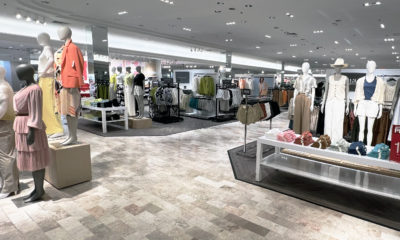
 Headlines1 week ago
Headlines1 week ago
 Photo Gallery15 hours ago
Photo Gallery15 hours ago
 Headlines2 weeks ago
Headlines2 weeks ago
 Headlines2 weeks ago
Headlines2 weeks ago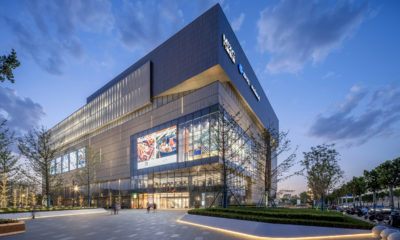
 Sector Spotlight1 week ago
Sector Spotlight1 week ago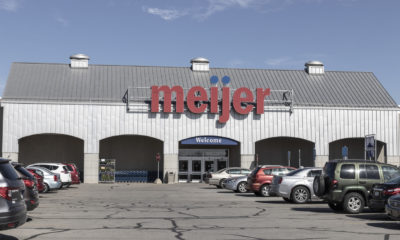
 Headlines1 week ago
Headlines1 week ago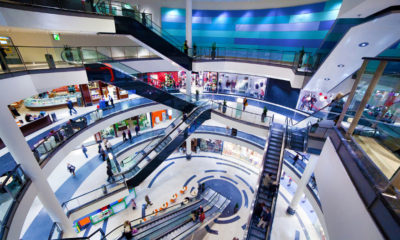
 Headlines2 weeks ago
Headlines2 weeks ago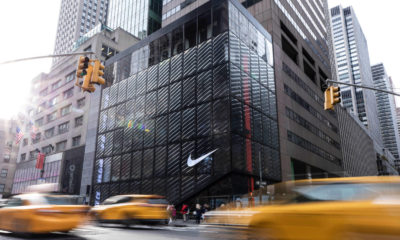
 NEXT UX2 weeks ago
NEXT UX2 weeks ago

